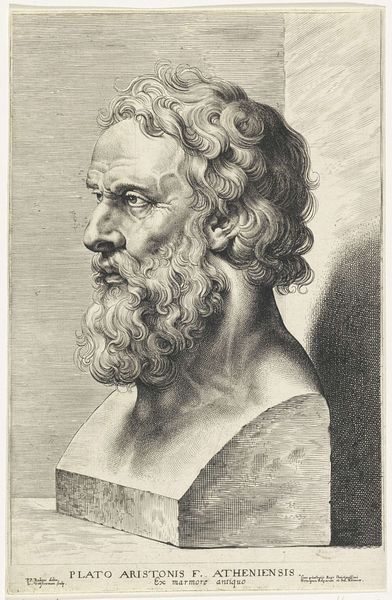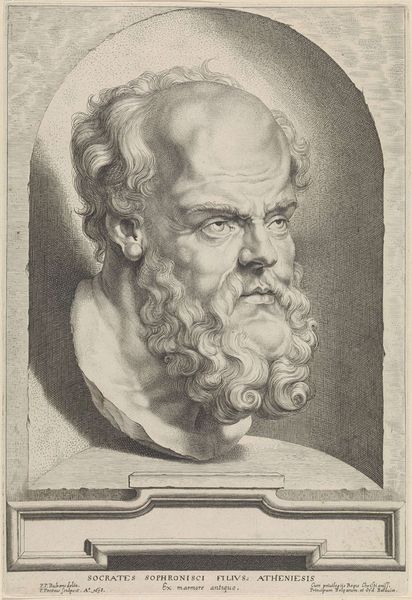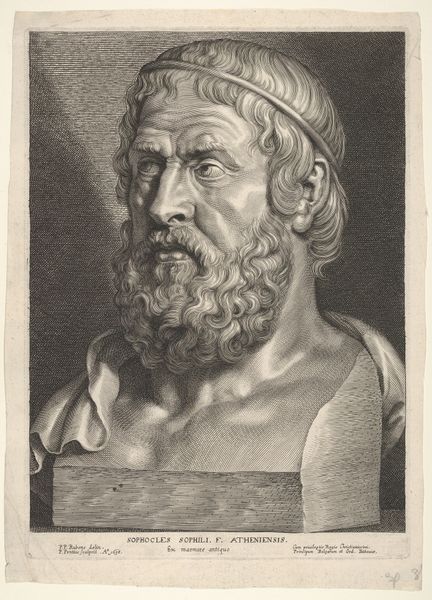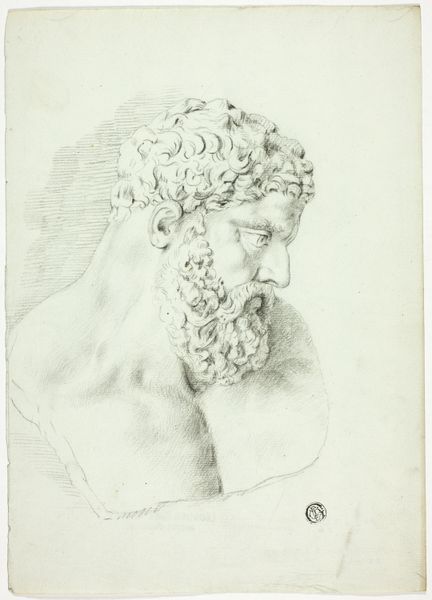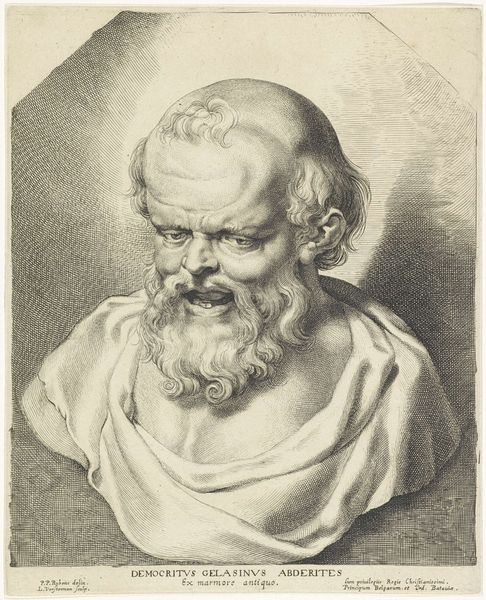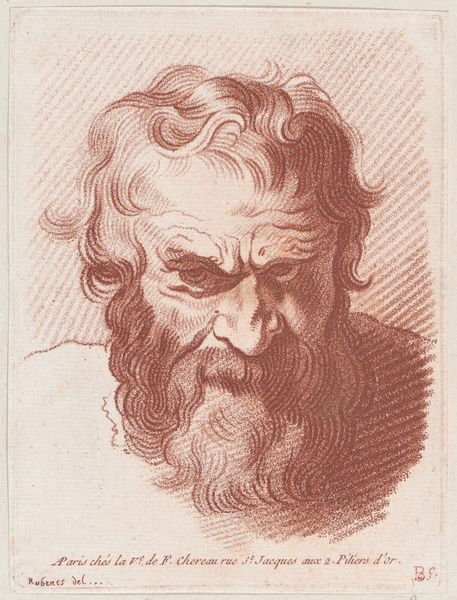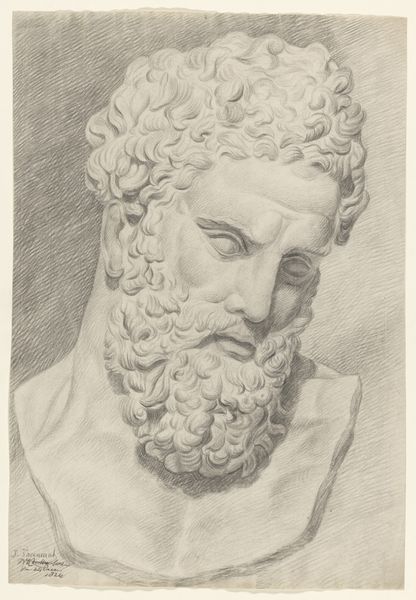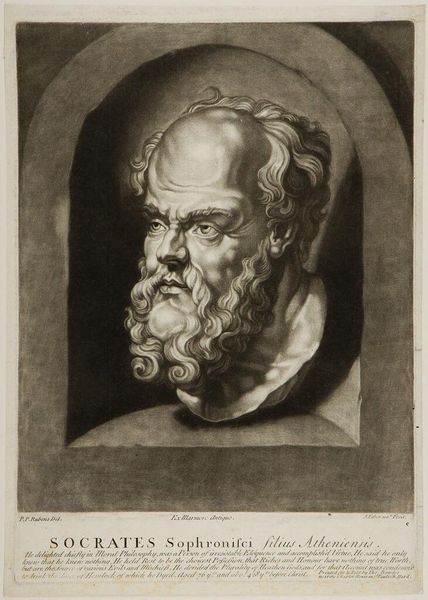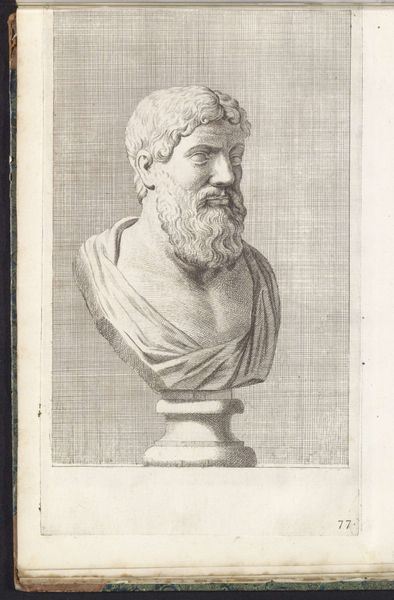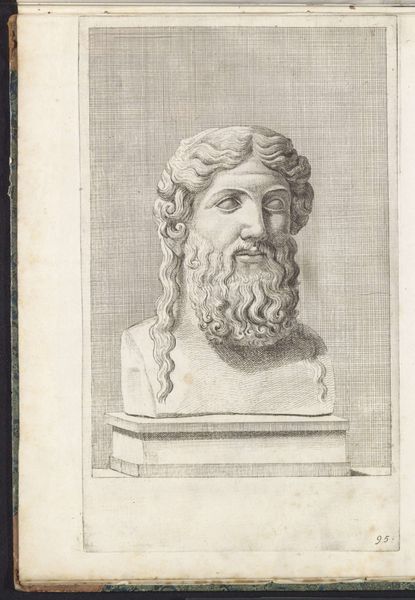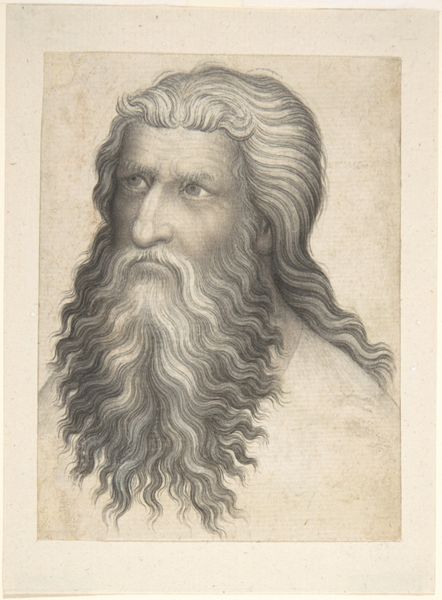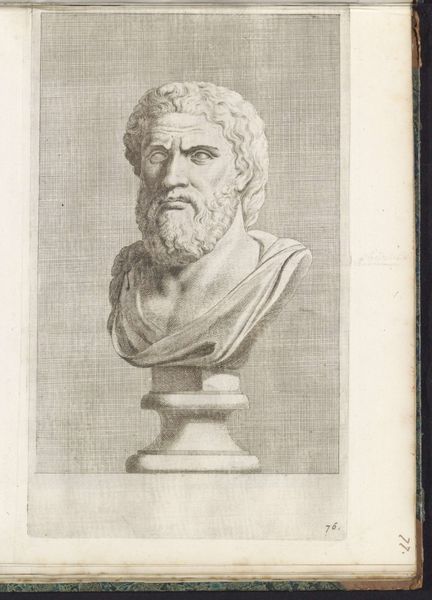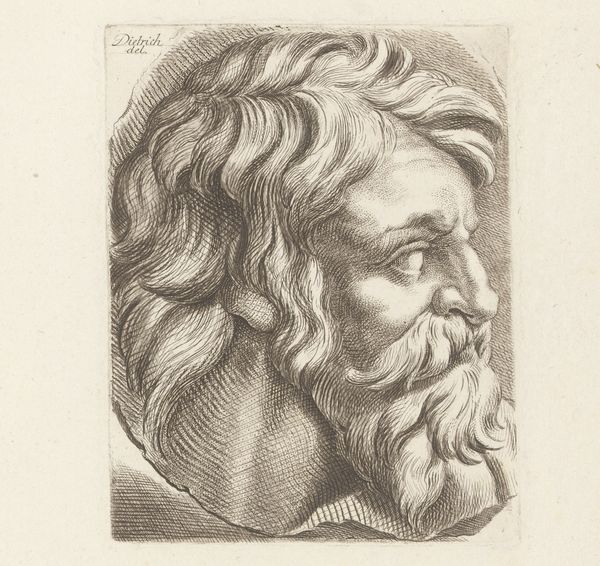
print, engraving
#
portrait
#
baroque
# print
#
classicism
#
history-painting
#
academic-art
#
engraving
Dimensions: height 303 mm, width 220 mm
Copyright: Rijks Museum: Open Domain
Editor: We’re looking at “Antique Bust of Hippocrates,” an engraving made in 1638 by Paulus Pontius, housed here at the Rijksmuseum. It's striking how a print can capture such three-dimensional form. What's your take on this portrait? Curator: The immediate appeal is certainly the skill of the engraver, but consider the broader context. Why Hippocrates? By the 17th century, figures from antiquity held immense social and institutional capital. Representing Hippocrates, the 'father of medicine,' aligned patrons with the ideals of classical learning, knowledge, and reason, core values for emerging scientific institutions and learned societies. Editor: So it’s less about Hippocrates the individual, and more about what he *represents* in that time? Curator: Precisely. It speaks to the burgeoning influence of scientific thought during the Baroque period. The choice of portraiture further underscores this; it's a visual statement about authority and intellectual lineage, solidifying social and institutional power structures through imagery. Editor: It seems the visual language reinforces existing hierarchies. Curator: Indeed. Prints like this circulated widely. Imagine the effect on viewers, the message reinforced through repetition, linking certain individuals and their ideals to historical greatness, perpetuating established systems of knowledge. Does that make you look at it differently? Editor: Definitely! It gives me a fresh perspective, acknowledging not only the artwork itself, but also its impact on shaping cultural beliefs back then, and maybe even today. Curator: Precisely! Recognizing the politics embedded in imagery opens a wider understanding of the role of art in shaping societies.
Comments
No comments
Be the first to comment and join the conversation on the ultimate creative platform.
